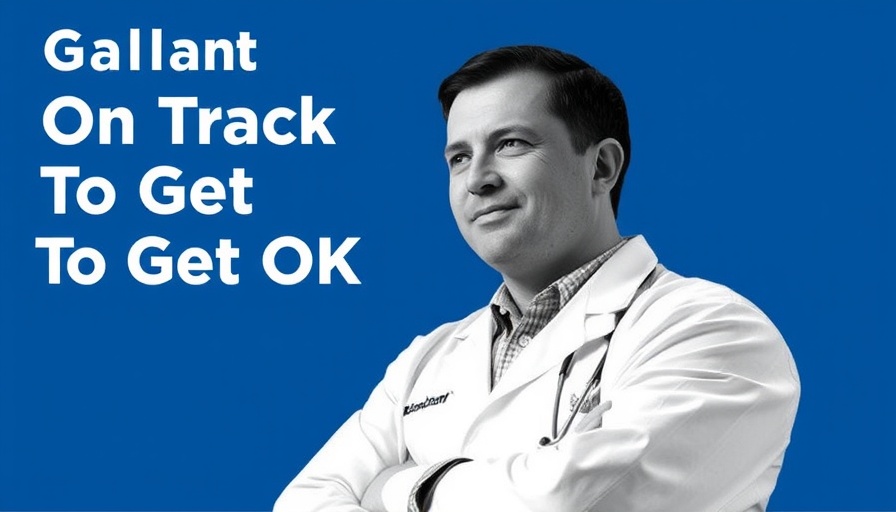
Gallant Therapeutics: A Game-Changer in Veterinary Care
As the medical landscape continues to evolve, one of the most promising developments comes from Gallant Therapeutics, a San Diego-based veterinary biotechnology firm that is poised to change the way chronic diseases in pets, particularly cats and dogs, are treated. Recently, Gallant announced it is on track to secure the first conditional approval from the U.S. Food and Drug Administration (FDA) for an innovative allogeneic stem cell therapy that targets the root causes of these diseases.
The Science Behind the Treatment
Gallant’s flagship product is aimed at addressing feline chronic gingivostomatitis, a painful and severe oral condition affecting many cats. Traditional veterinary practices focus on symptom management, but Gallant’s approach promises a shift towards treating the underlying causes, marking a significant advancement in animal health. According to Linda Black, the co-founder and CEO, the goal is to 'help pets not just feel better but actually get better.'
A Boost from Investors
Recent funding efforts have bolstered Gallant's mission, with the company successfully closing an $18 million Series B funding round led by Digitalis Ventures. This development comes 18 months after their Series A round, showcasing the faith investors have in their direction and progress. 'Hitting milestones builds a lot of trust with investors,' Black stated, emphasizing the importance of reliability in their operations and expectations.
Broader Implications for Pet Health
The implications of Gallant’s therapy reach far beyond individual pets. Chronic illnesses in animals often lead to lower quality of life and increased veterinary costs. As Gallant's stem cell therapies are further explored and launched, they could pave the way for a new category of veterinary care that not only enhances the health of pets but potentially reduces long-term treatment costs for owners. This shift in how veterinary medicine addresses chronic diseases symbolizes a broader change in healthcare, emphasizing prevention and root cause treatment over mere symptom management.
Future Predictions: What Can Pet Owners Expect?
With their product on the verge of FDA approval, the excitement surrounding Gallant is palpable. Pet owners can look forward to a world where chronic illnesses are not just treated but are left in the past. They may soon find themselves equipped with new therapeutic options beyond conventional treatments that have persisted for decades. Additionally, as more data from Gallant's ongoing research becomes available, a clearer understanding of the long-term benefits and applications of stem cell therapies in veterinary science will unfold.
Engagement with the Community: Encouraging Awareness
For communities like Bakersfield, where pet ownership is prevalent, Gallant’s developments present an opportunity not just to enhance pet health but to engage local veterinarians and pet owners in discussions about its future implications. As we move towards a more educated and informed pet care culture, such initiatives promise to elevate the standard of care and improve transparently between pet owners and veterinary professionals.
Conclusion: The Path Ahead
Gallant Therapeutics stands on the brink of an exciting shift in veterinary care, with the potential to not only improve health outcomes for pets but also reshape the conversation around veterinary medicine. As they approach FDA approval and build upon investor confidence, it’s an opportune moment for pet owners in the Bakersfield area to stay informed and engaged with these advancements.
To learn more about Gallant and keep updated on FDA announcements regarding their new therapies, connect with your local veterinarian or follow industry news. Empowering yourself with information can lead to more informed choices for your furry companions.
 Add Row
Add Row  Add
Add 



Write A Comment